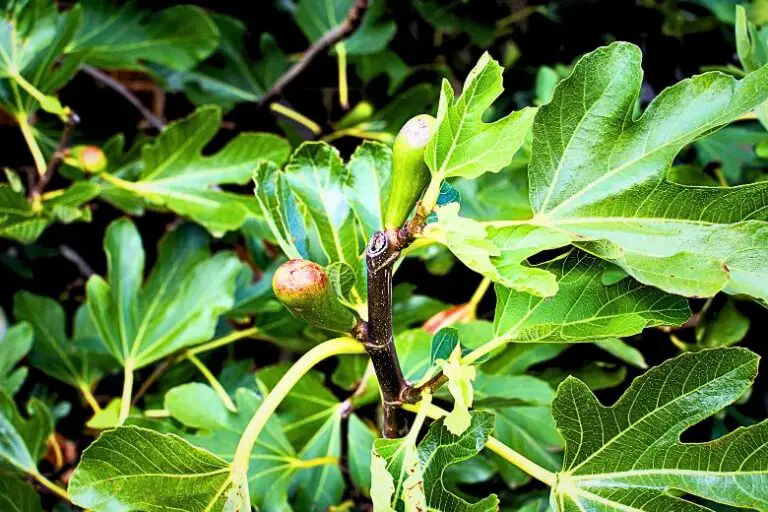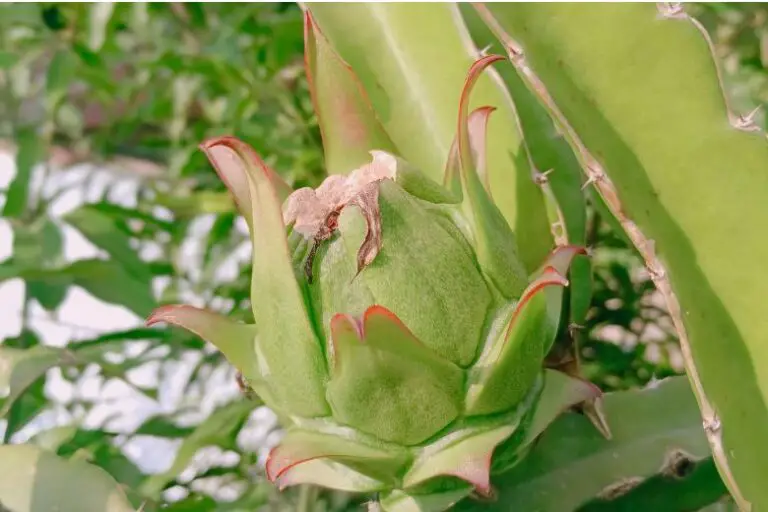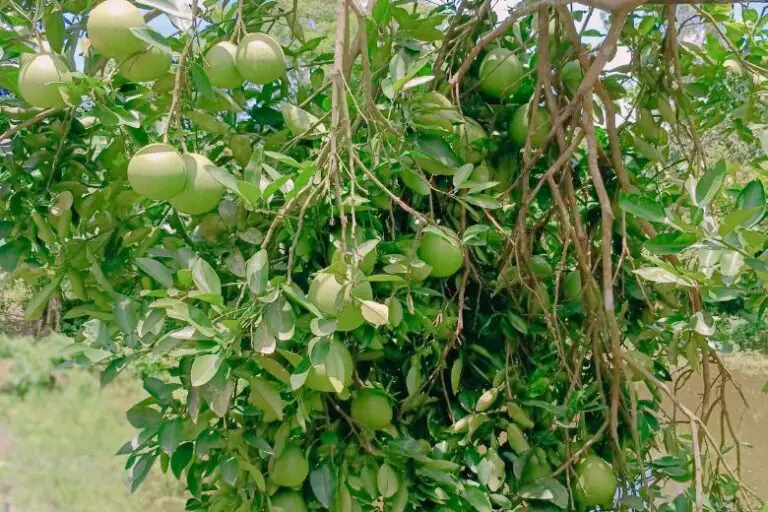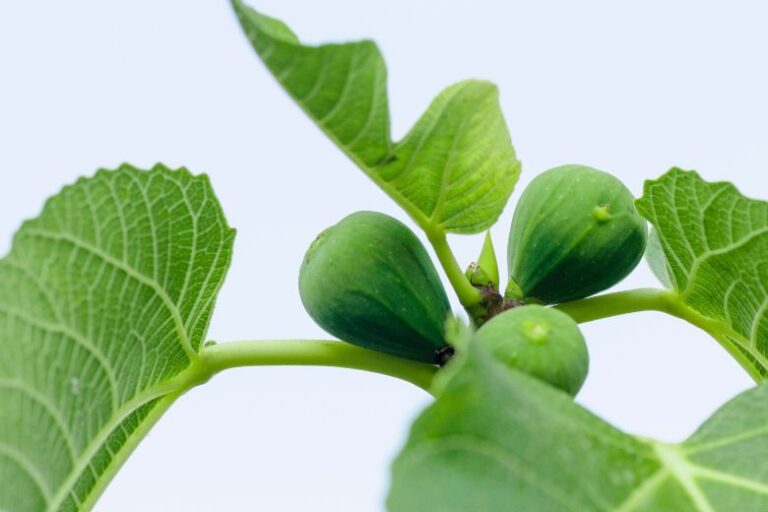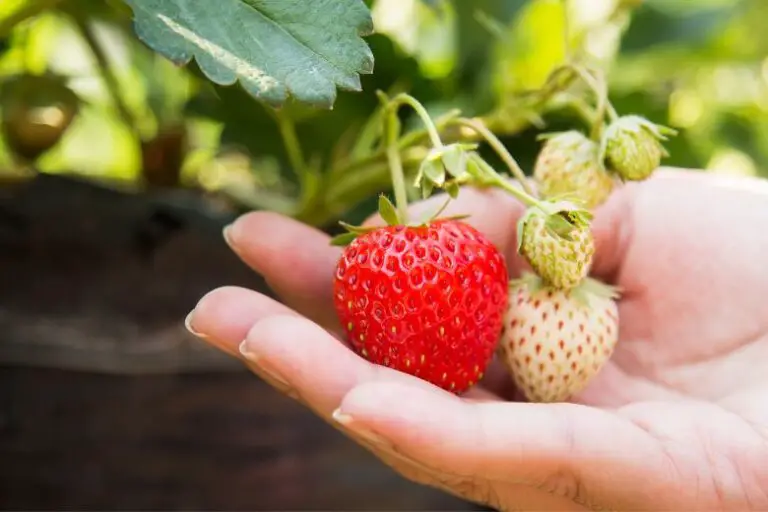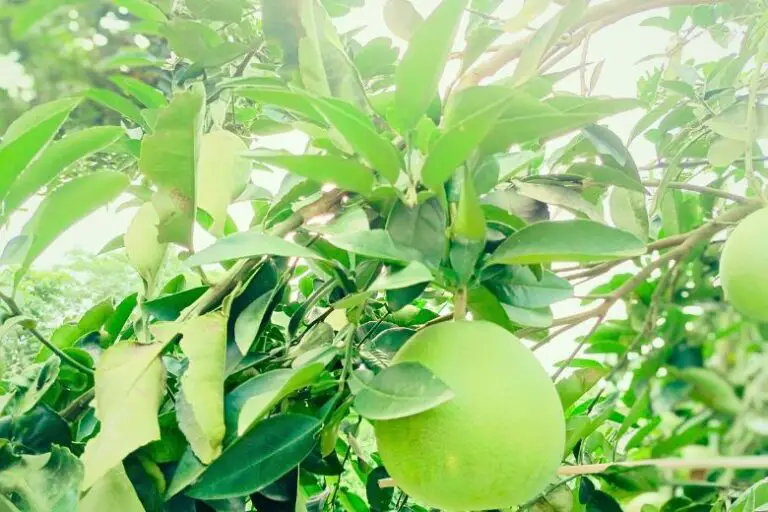Can I Grow Fig Trees from Seeds
If you’re a gardening enthusiast, you might have wondered whether it’s possible to grow fig trees from seeds. Fig trees, with their luscious and sweet fruits, can be a delightful addition to any garden. While propagating fig trees from cuttings is a common method, growing them from seeds can be a rewarding and exciting experience.
Understanding Fig Trees
What are Fig Trees?
Fig trees (Ficus carica) are deciduous trees that belong to the mulberry family. These trees are known for their unique, sweet, and pear-shaped fruits called figs. Native to the Mediterranean region, fig trees have been cultivated for thousands of years and are now grown in various parts of the world with suitable climates.
Varieties of Fig Trees
There are several fig tree varieties available, each offering unique flavors and characteristics. Some popular varieties include Black Mission, Brown Turkey, Kadota, and Celeste. Researching and selecting the right variety is essential for successful seed propagation.
Harvesting Fig Seeds
Selecting Ripe Figs
The first step in growing fig trees from seeds is to select ripe figs. Ripe figs are those that have reached full maturity and are soft to the touch. They should have a rich color and show no signs of unripeness.
Extracting the Seeds
Once you’ve gathered the ripe figs, cut them open, and extract the seeds. Rinse the seeds under cold water to remove any remaining pulp.
Preparing Seeds for Planting
Cleaning and Drying the Seeds
After extracting the seeds, gently pat them dry with a paper towel. It’s essential to remove any excess moisture to prevent mold growth during the stratification process.
Stratification Process
Stratification is a cold treatment that stimulates seed dormancy breakage. To stratify the fig seeds, place them in a damp paper towel, put the towel inside a plastic bag, and store it in the refrigerator for 4-6 weeks.
Selecting the Right Soil and Container
Choosing the Soil Mix
Fig trees thrive in well-draining soil. You can create a suitable soil mix by combining equal parts of potting soil, perlite, and coarse sand.
Picking the Container
Select a container with drainage holes to avoid waterlogging. A small seedling pot will be sufficient for the initial planting.
Planting the Fig Seeds
Sowing the Seeds
Fill the chosen container with the prepared soil mix and create a small indentation for each seed. Plant the seeds about 1/4 inch deep in the soil.
Providing Adequate Water and Light
Water the soil gently but thoroughly after planting the seeds. Place the container in a warm, sunny spot where the seeds can receive ample sunlight.
Caring for Young Fig Seedlings
Proper Watering Techniques
Keep the soil consistently moist but not waterlogged. Overwatering can lead to root rot, so it’s crucial to strike the right balance.
Fertilization Requirements
Once the seedlings have established their first set of true leaves, you can start applying a balanced liquid fertilizer every two weeks to promote healthy growth.
Transplanting Seedlings to Larger Pots
Recognizing the Right Time
As the seedlings grow, they will outgrow their initial containers. You’ll need to transplant them to larger pots to provide enough space for their roots to expand.
Transplantation Process
Gently remove the seedlings from their original containers, being careful not to damage the delicate roots. Replant them in the new, larger pots and water thoroughly.
Acclimatization to Outdoor Conditions
Gradual Exposure to Sunlight
Before moving your fig tree outdoors, introduce it gradually to outdoor conditions to prevent shock. Increase the outdoor exposure time gradually over a week or two.
Protecting from Harsh Weather
If you live in an area with harsh winters, consider protecting your young fig tree by covering it with burlap or bringing it indoors during extreme weather conditions.
Pruning and Shaping the Young Fig Tree
Encouraging Growth
Prune the young fig tree to encourage bushier growth and remove any dead or damaged branches.
Developing a Strong Structure
Train the fig tree’s branches to develop a strong framework, which will help support the weight of future fruits.
Dealing with Common Issues
Pest Management
Inspect your fig tree regularly for pests like aphids or scale insects. Use organic pest control methods to avoid harmful chemicals.
Disease Control
Prevent fungal diseases by providing good air circulation and avoiding overwatering.
Fig Tree Maturation and Fruiting
Signs of Maturity
Fig trees usually start producing fruits after 2-3 years. Signs of maturity include increased branching and the development of more leaves.
First Fruits
Be patient as your fig tree matures; it will reward you with delicious, ripe figs once it’s fully grown.
Harvesting and Enjoying Homegrown Figs
When to Harvest
Figs are ready to harvest when they are soft, slightly drooping, and have changed color.
Delicious Fig Recipes
Enjoy your homegrown figs in various recipes, such as fig preserves, fig bars, and salads.
Conclusion
Growing fig trees from seeds can be a gratifying and enjoyable experience for any gardening enthusiast. With the right preparation, care, and patience, you can nurture these seedlings into beautiful, fruit-bearing trees that will provide you with delightful figs for years to come


